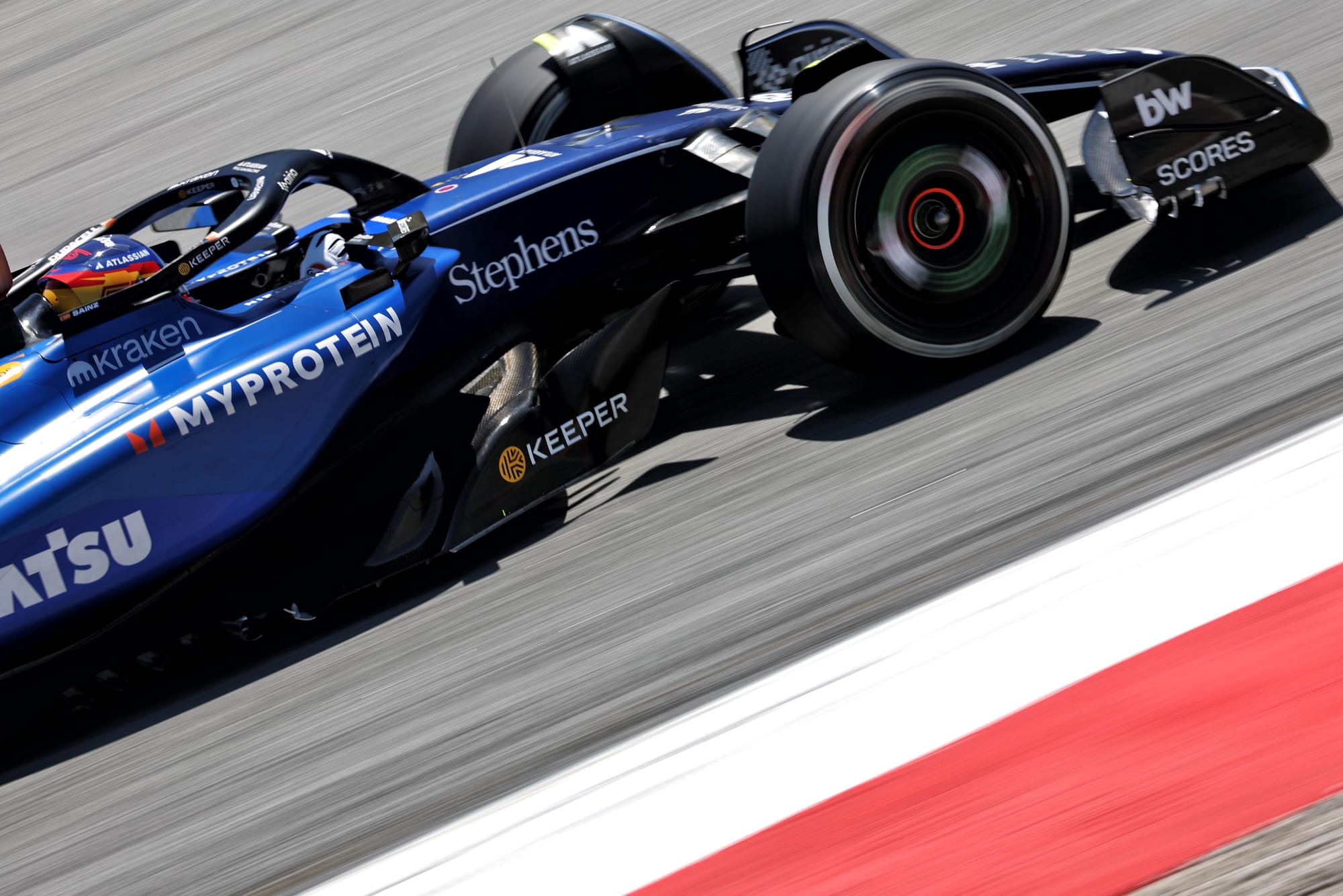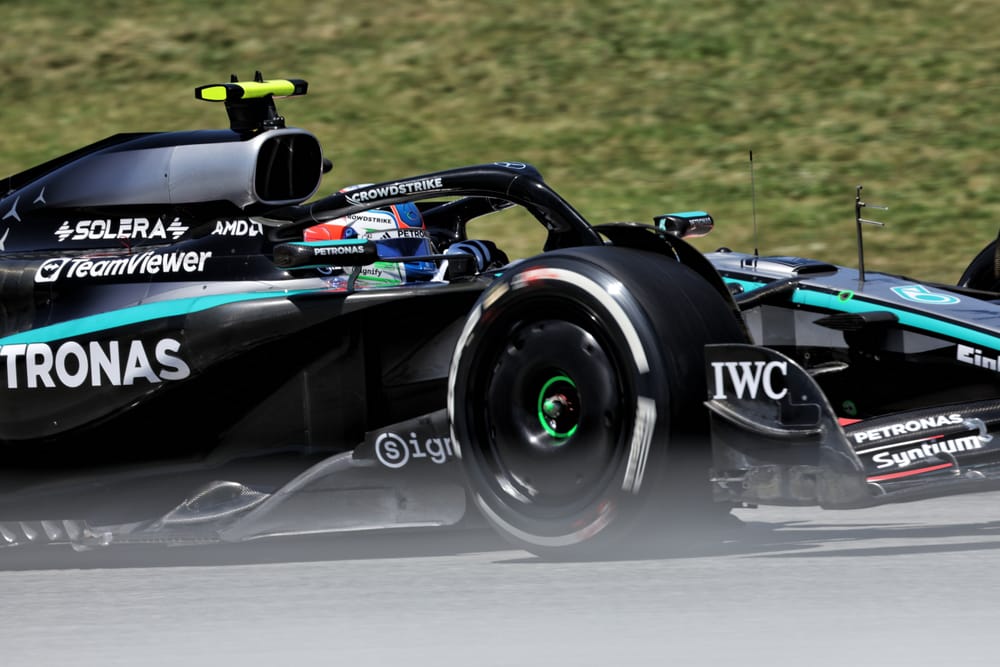The Spanish Grand Prix looks set to avoid the one-stop fate of other Formula 1 races this season thanks to the high-speed ultra-rough track surface and a hard tyre option that drivers cannot get to work.
While F1 tyre supplier Pirelli has pushed hard to try to force teams into two-stoppers, it has not happened as much as hoped – with the Bahrain GP being the only two-stop race this year that was not influenced by outside factors like the weather (Australia), safety cars (Imola) or rules (Monaco).
But a combination of factors at Barcelona means that even F1's hardest compound options are not going to be enough for teams to eke out the race distance with just a single tyre change.
Beyond the high load corners and rough track surface - which is now almost on a par with Sakhir - perhaps the biggest factor that has shifted things away from a one-stopper is that the hardest compound of all, the C1, is not working.
The track layout at Barcelona demands compromises through teams needing to look after the rear tyre temperatures, but also needing some bite through the long Turn 3. It is a big challenge for teams to balance out those conflicts.
Dial in too much understeer to protect the rears and the front left gets destroyed at Turn 3. Get the set-up to protect the front left at Turn 3 and the rears overheat around other areas of the track.
Teams have found finding a compromise between those challenges nearly impossible to do with the hard C1, which is offering very little grip and hard to find a good balance with.

As Pirelli chief engineer Simone Berra said: "Teams are trying to protect the rear axle, but then they over push the front, and they could lose performance from both the axles.
"We have seen that the C1 shows very low grip. So it's sliding also. The balance is not good. It's disconnected. The front axle and rear axle are very disconnected.
"So you have mid-corner understeer, especially in low-speed corners, and then you have the rear axle sliding in high-speed corners with little support. So basically, teams with the C1 are struggling a little bit more to find a good compromise and a good balance."
With the C1 looking like it will be ruled out for the race, Pirelli says that teams have focused their programmes so far on working out the degradation levels of the C2 and C3 which will not last long enough to open the door for a one-stop.
And amid the challenge of keeping tyre temperatures down, the door is open for some strategy variation.
Berra added: "The level of degradation is generally high, higher than usual circuits, but it's manageable. So looking at the data, it is most likely a two-stop race.
"The degradation level is very similar between the C2 and the C3. You have to apply a different level of management, but the pace is very similar.
"The C3 has a higher grip level, but a slightly higher degradation. The C2 is slightly more consistent, but a lower level of grip. In the end they are quite close."
Pirelli estimates that there is a 0.6–0.7 seconds pace difference between the C2 and the C3.
Berra thinks that the ideal strategy between teams may vary based on how their car balance is pitched, but he thinks a soft/medium/soft strategy may be the one adopted by the frontrunners.
"I think we could end up in a similar situation as last year, like the top five, with the soft/medium/soft," he said.
"You put the soft on at the start, for extra grip as Turn 1 is far away from the start. So you can gain some positions if you have extra grip, then you pass into the medium to try to manage the middle stint and decide to extend or not depending on the race situation.
"Then you go with the soft again, with the low fuel load, better track temperatures, better track conditions."



